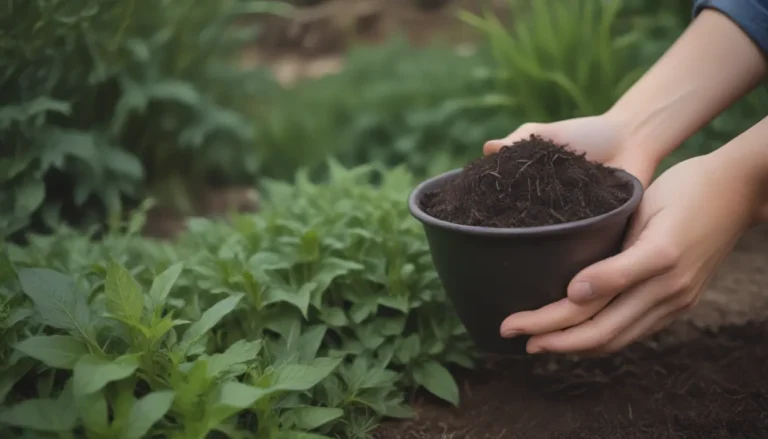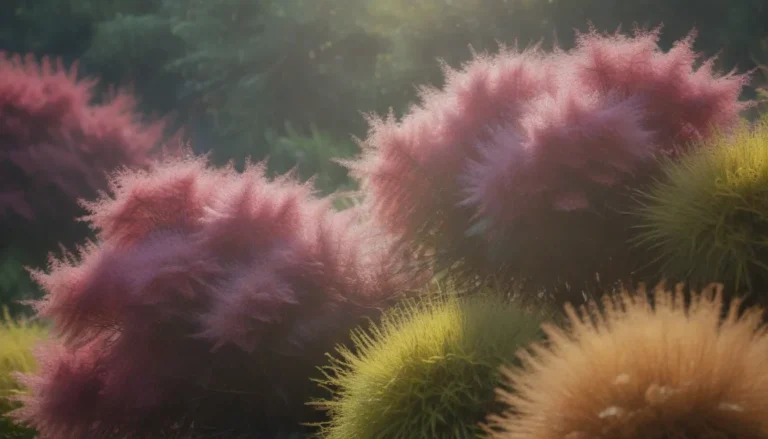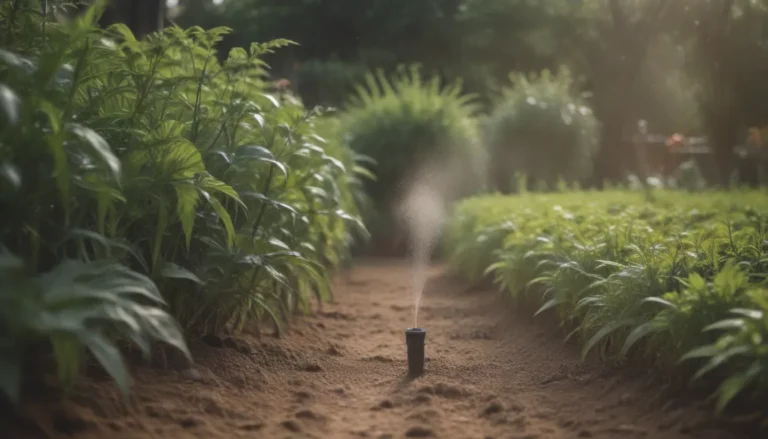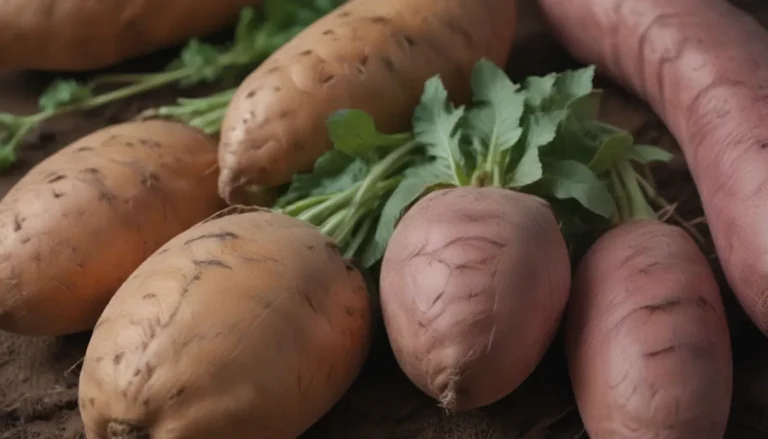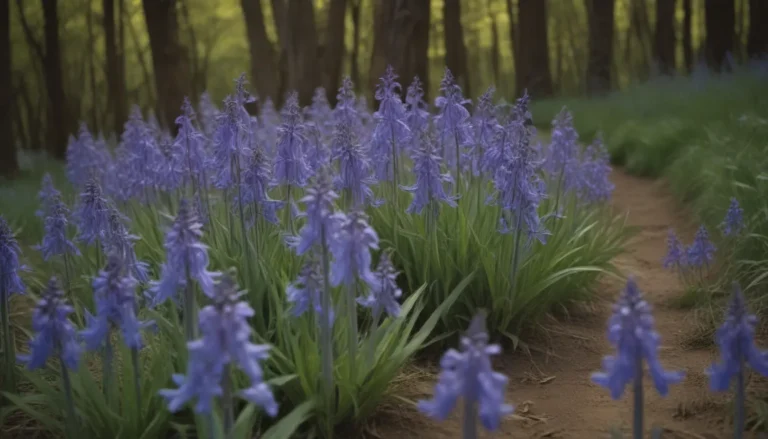The Ultimate Guide to Growing and Caring for Agave Plants
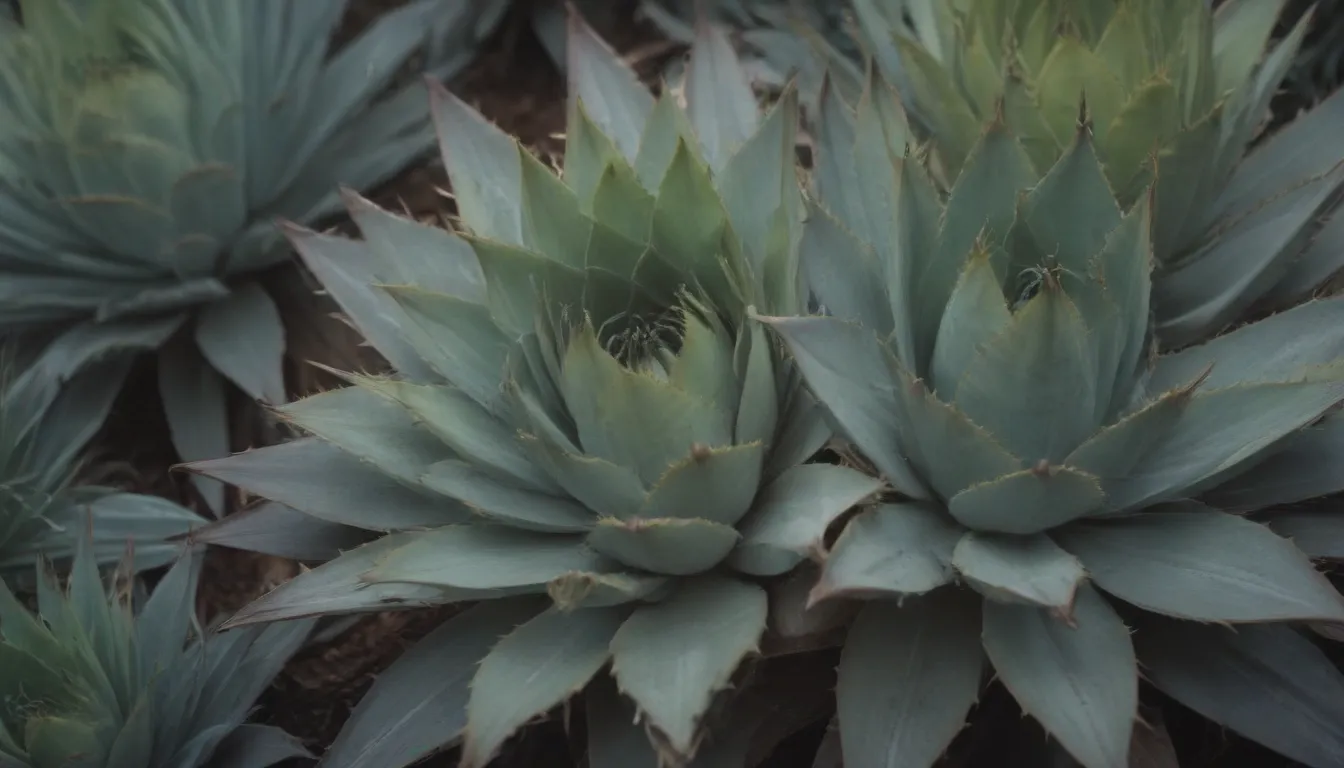
Are you looking to add a touch of desert beauty to your garden? Agave plants might be just what you need! These stunning succulents come in a variety of shapes and sizes, making them a versatile addition to any landscape. In this comprehensive guide, we will explore everything you need to know about growing and caring for agave plants. From soil requirements to propagation techniques, we’ve got you covered with all the information you need to help your agave thrive.
What Is Agave Used for?
Before we dive into the details of caring for agave plants, let’s take a look at how these versatile succulents are used. Agave plants, such as blue agave and green maguey, are valued for their versatility. They are the primary ingredient in distilled liquors like tequila and mezcal, as well as in the production of agave syrup, a popular sugar alternative.
Agave Syrup Varieties:
– Light agave: Neutral flavor
– Amber agave: Slight caramel flavor
– Dark agave: Strong caramel flavor
In addition to their culinary uses, various parts of the agave plant, including the flowers, leaves, basal rosettes, and sap, can be processed and consumed. However, it’s important to note that raw agave sap is toxic to both people and pets.
Agave Care
Now that you understand the value of agave plants let’s dive into the essential care requirements for these unique succulents. Whether you’re a seasoned gardener or a beginner, following these tips will help ensure your agave thrives in its new environment.
Light:
- Agave plants thrive in full sun but can tolerate some shade, especially in hotter climates.
- Ensure your agave receives at least six hours of direct sunlight daily for optimal growth.
Soil:
- Agave plants prefer well-draining soil, ideally rocky or sandy.
- Avoid poorly draining soil, as it can lead to root rot and potentially kill the plant.
- Aim for a slightly acidic to neutral soil pH for best results.
Water:
- Mature agave plants are highly drought-tolerant and require minimal watering.
- Water your agave only when the soil is completely dry, particularly during long periods without rainfall.
Temperature and Humidity:
- Most agave species cannot tolerate frost and are suited to USDA growing zones 8 or 9.
- Maintain low humidity levels to prevent crown rot in your agave plant.
Fertilizer:
- Avoid over-fertilizing your agave, as it can encourage premature flowering.
- Remember, most agave plants die after flowering, so it’s best to delay blooming as long as possible.
Types of Agave
Agave plants come in a variety of sizes and colors, offering a wide range of options for your garden. From the classic Agave americana to the striking Agave tequilana azul, each species has its unique characteristics to enhance your landscape.
Common Types of Agave:
– Agave americana:
– Agave attenuata:
– Agave parviflora:
– Agave tequilana azul:
– Agave victoria-reginae:
Propagating Agave
One of the best things about agave plants is their ability to produce pups, or young plants, around their base. Propagating agave from these pups is not only cost-effective but also helps prevent overcrowding of the mature plant. Here’s how you can propagate agave pups:
- Wait until the pups are a few inches in diameter before propagating them.
- Separate the pups carefully from the parent plant and replant them in a well-draining soil mix.
How to Grow Agave From Seed
Growing agave from seed is a straightforward process that can yield impressive results. With proper care and attention, your agave seedlings should develop within a few weeks after sowing.
Potting and Transplanting
When it comes to potting and transplanting agave plants, there are a few key considerations to keep in mind. Agave plants have shallow roots, making them well-suited for shallow containers with adequate drainage. Here are some tips for potting and transplanting your agave plant:
- Use a shallow, sturdy container with ample drainage holes.
- Water your agave plant sparingly, allowing the soil to dry out between waterings.
- Repot or transplant your agave every few years to accommodate its growth.
Overwintering
If you live in an area with cold winters, it’s essential to bring your agave plants indoors before the first frost hits. Keep them in a bright, draft-free location and water sparingly throughout the winter months to ensure their survival.
Common Pests
While agave plants are relatively pest-resistant, they can be susceptible to infestations from pests like the agave snout weevil. Keep an eye out for signs of pest damage and take prompt action to prevent the spread to other plants in your garden.
How to Get Agave to Bloom
The blooming process of agave plants is a stunning sight to behold, marked by a tall central floral stalk that leads to the release of flowers and seeds. However, it’s essential to note that agave plants are monocarpic and will die after blooming. To encourage blooming in your agave plant:
- Avoid over-fertilizing, as it can prompt premature flowering.
- After blooming, collect seed pods for propagation or prepare to remove the plant to make space for new growth.
Common Problems With Agave
Despite their hardy nature, agave plants can encounter issues like drooping leaves or yellowing foliage. By monitoring your plant’s care conditions and addressing any problems promptly, you can help your agave thrive and maintain its vibrant appearance.
In conclusion, agave plants are a beautiful addition to any garden, offering striking foliage and minimal maintenance requirements. By following the care guidelines outlined in this article, you can enjoy the beauty of agave plants in your outdoor space for years to come. Whether you’re a seasoned gardener or a beginner, growing and caring for agave plants can be a rewarding experience that adds a touch of desert charm to your landscape.
So go ahead, plant an agave and watch it flourish in the sun – your garden will thank you!

